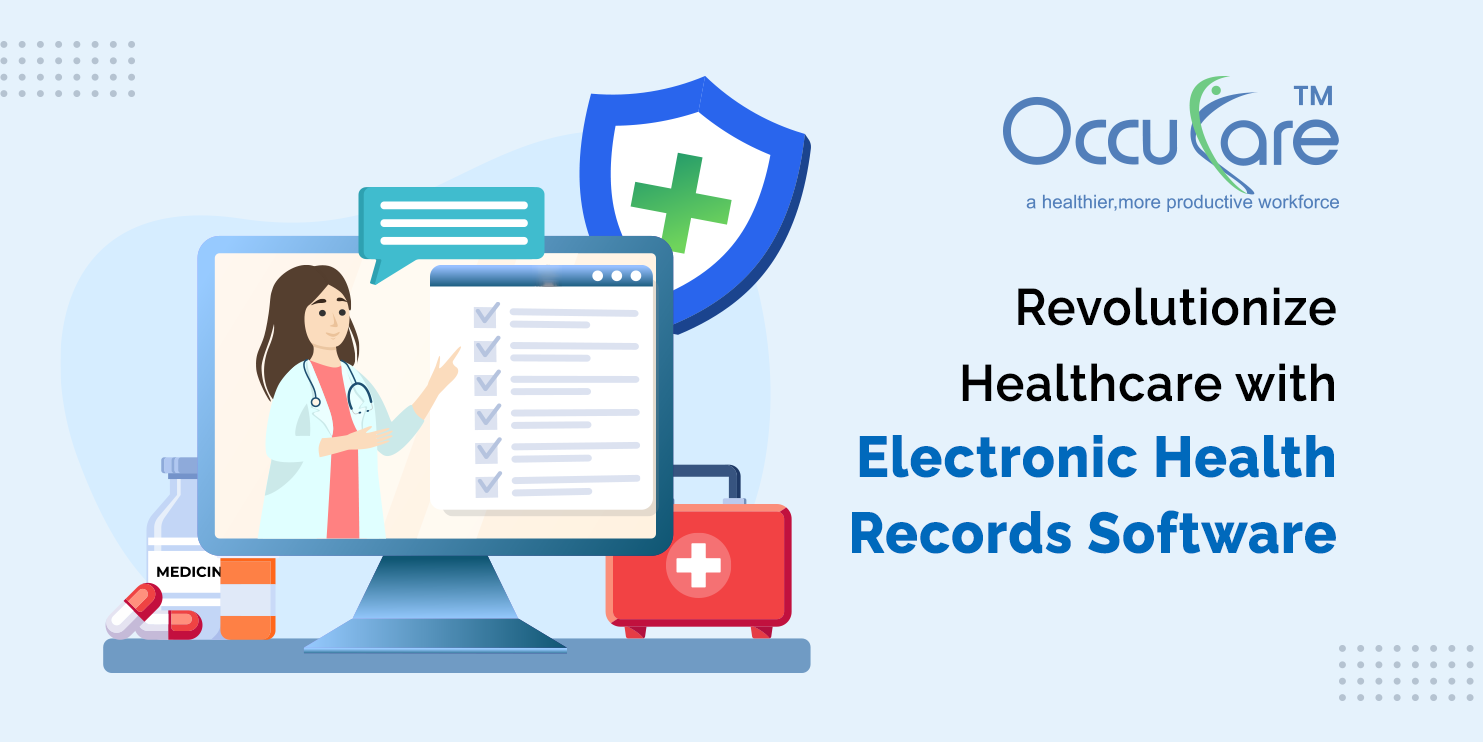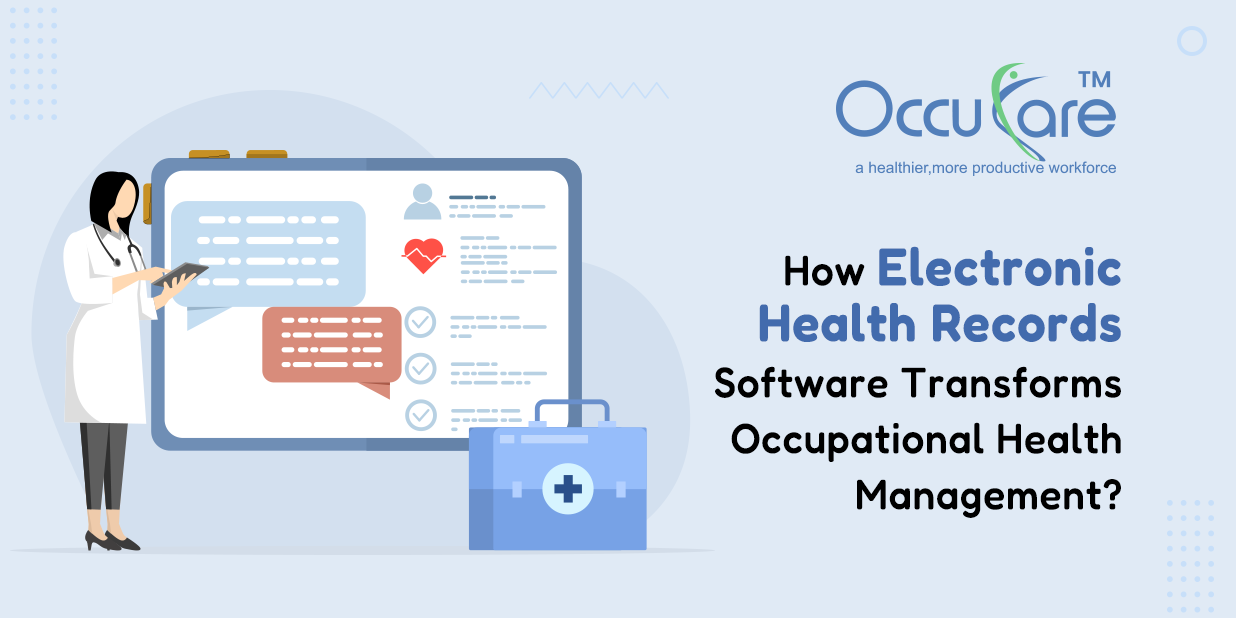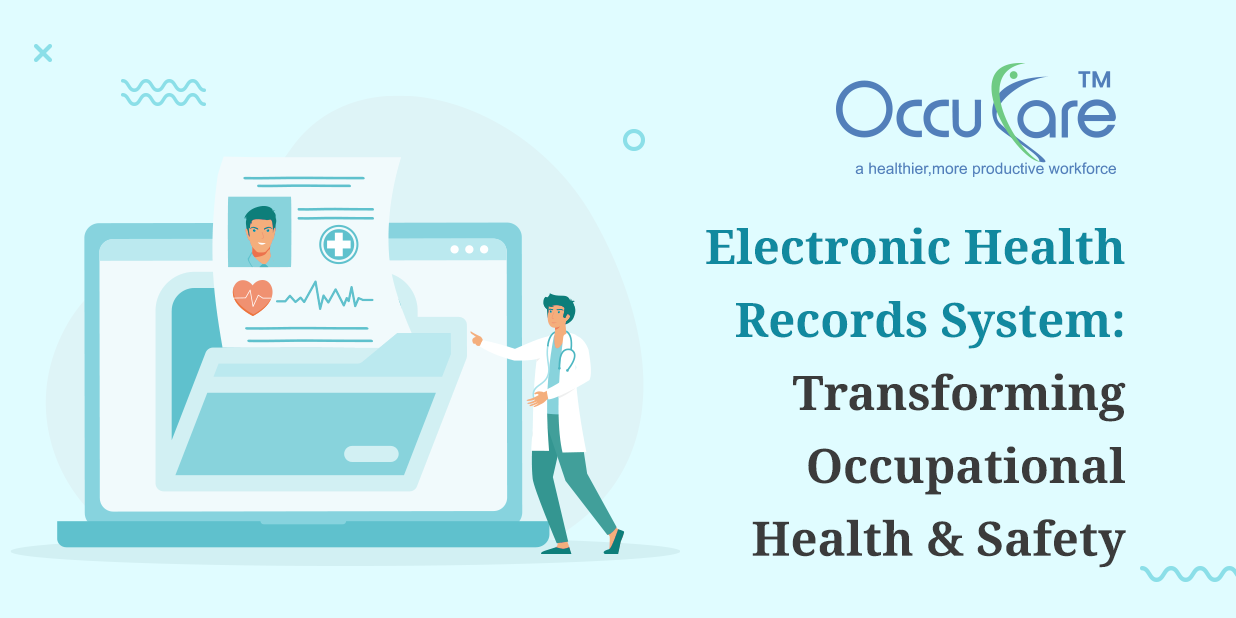Electronic health record, or EHR, technology is a victory discovery that has changed how patient data is organized and used in today’s healthcare landscape. It is more than just an improvement in technology. Error risk was elevated, accessibility was restricted, and inefficiencies plagued the old paper-based medical records system. Modern EHR software is changing how medical professionals communicate with patient data, improving patient-centered, accurate, and efficient care.
This extensive blog article examines the significant influence of cutting-edge EHR software on the medical field. We will explore its salient characteristics, analyze the ways in which it transforms several facets of healthcare provision, and deliberate on the wider advantages it bestows upon patients, healthcare professionals, or the healthcare system at large. Knowing these components will help you understand how EHR technology is reshaping the future of healthcare.
Evolution of Electronic Health Records
From Paper to Digital:
History: An important turning point in the history of healthcare was the move from paper-based to digital medical records. Medical records were kept on paper for a long time, which created a number of problems, including problems regarding physical storage, limited accessibility, and limitations with sharing data across different medical centers.
Problems with Paper Records:
Inefficiency: It took a lot of time and energy to retrieve and update paper records.
Error-prone: Handwritten documents were prone to transcription mistakes and problems with legibility.
Limited Accessibility: It was frequently impossible for healthcare professionals to get complete patient information when they needed it because the information in patient records was restricted to a single place.
Important EHR Adoption Factors:
Government Initiatives: By providing financial incentives as well as assistance for healthcare institutions, policies and incentives like the Health IT for Economy and Clinical Health (HITECH) Act in the United States have hastened the adoption of EHR systems.
Technological Innovation: Sophisticated EHR systems may now be implemented and used thanks to developments in computers, storage of information, and internet connectivity.
Important Characteristics of Innovative EHR Software:-
1. Complete Patient Records Synopsis:
Contemporary EHR software offers a centralized location for comprehensive medical records, combining different kinds of data into an individual digital file. The patient’s medical history, prescriptions, allergies, outcomes of tests, and imaging studies are all included in this.
Advantages:
Holistic Perspective: A thorough patient record provides a whole picture of a patient’s medical history, facilitating better decision-making.
Increased Accuracy: Up-to-date and correct information is guaranteed by digital records, which also lowers the possibility of errors related to manual data entry.
Streamlined Access: Quick access to full patient records increases the effectiveness of healthcare delivery for healthcare professionals.
2. Real-Time Data Access:
Summary: One of the most significant features of modern EHR software is real-time data availability. Regardless of their location, it enables healthcare providers to instantaneously retrieve and alter patient information. This function can be especially helpful in emergency scenarios where prompt receipt of patient records is essential.
Advantages:
Immediate Updates: Possessing real-time access assures that patient data is up to date at all times, lowering the possibility of inaccurate or outdated information.
Improved Collaboration: Better care coordination is made feasible by the simultaneous access and update of patient records by multiple physicians.
Better Reaction Times: Decision-making and action in emergency scenarios can be taken more quickly when there is instant access to patient data.
For instance, real-time data access at an emergency department enables medical professionals to promptly access and update a patient’s lab findings, medical history, and ongoing therapies, facilitating timely and accurate care.
3. Integrated Clinical Decision Support:
Overview: Based on patient data, integrated clinical decision aid (CDS) capabilities in EHR software help healthcare practitioners by providing evidence-based alerts, reminders, and suggestions. The goals of CDS tools are to better patient outcomes and clinical decision-making.
Advantages:
Evidence-Based Recommendations: CDS instruments assist clinicians in making well-informed decisions by offering recommendations that are based on the most recent clinical guidelines and research.
Alerts and Reminders: Preventive care ignored, or medication interactions are only two examples of potential problems that automated notifications and alerts can help physicians avoid, thus enhancing patient safety.
Enhanced Accuracy: CDS technologies help lower errors and increase the precision of diagnosis and treatments by helping with decisions now of care.
How Cutting-Edge EHR Software Revolutionizes Healthcare:-
1. Better Patient Care Overview:
By giving medical professionals accurate, thorough, and timely data, state-of-the-art EHR software dramatically improves patient care. Providers have a greater ability to make informed judgments and provide individualized care thanks to this having access to complete patient details.
Advantages:
Making Accurate judgments: Access to up-to-date data and thorough patient records allow healthcare professionals to make well-informed judgments according to the most recent facts.
Personalized Care: With the use of EHR software, care plans may be tailored to each patient’s unique set of medical records, resulting in more efficient and customized care.
Better Coordination: Having greater access to patient data enables healthcare providers to work along more efficiently, making sure that each aspect of the treatment of a person is taken care of.
2. Increased Efficiency and Productivity:
Overview: EHR software increases productivity and efficiency in healthcare settings by streamlining administrative and clinical processes. The administrative load on healthcare professionals and employees is lessened by the automation of boring tasks like data entry & appointment scheduling.
Advantages:
Time savings: By making routine tasks, healthcare personnel may devote more of their time to patient care by reducing the amount of time they must spend on administrative and data entry labor.
Enhanced Workflow: By cutting down on the time needed for finding and handling patient information, streamlined workflows and connected systems improve overall efficiency.
Mistake Risk Reduction: By eliminating human mistakes in manual operations, automation and electronic record-keeping produce more accurate and trustworthy patient records.
Conclusion:
The modern health care business has seen transformation due to electronic health records software, which has improved patient care, streamlined operations, and enhanced data management. As technology evolves, Electronic health record systems have great potential to further revolutionize health care. The healthcare sector can keep developing and enhance patient outcomes by tackling issues with data security, user acceptance, and interoperability and embracing emerging trends like wearables, blockchain, and artificial intelligence.
EHR software’s future lies not only in patient record management but also in utilizing technology to build a more interconnected, effective, ultimately patient-centered healthcare system. Electronic health record technology has a long way to go, and how it develops going forward will be vital to how healthcare is shaped.




